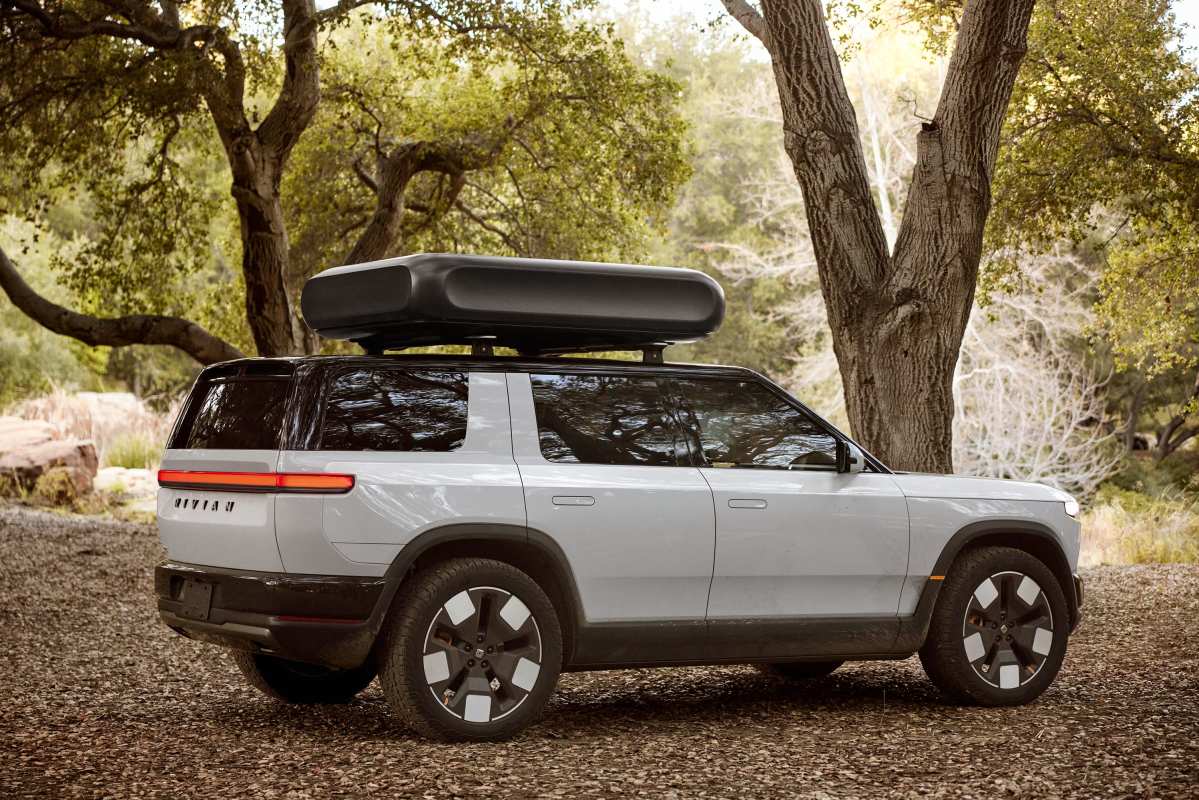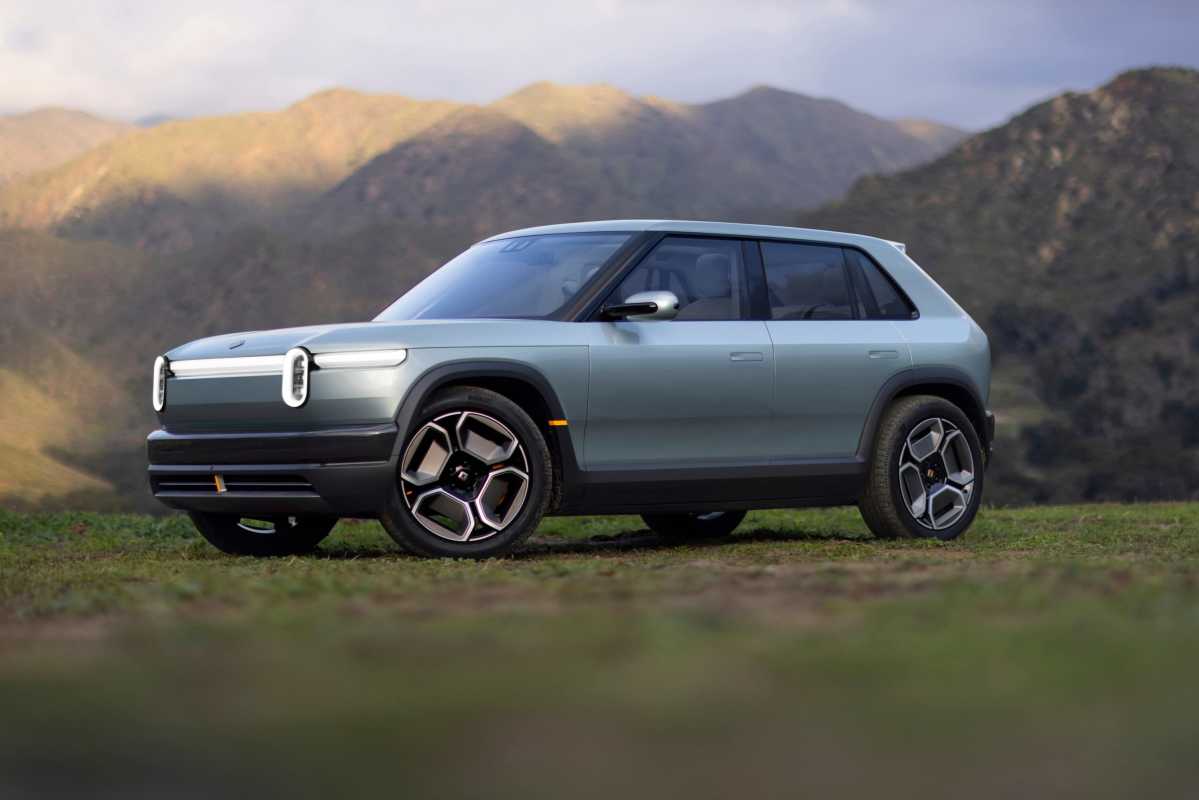Evolving Times for Rivian

The journey of Rivian, an electric vehicle (EV) trailblazer, has been one to watch. This year has already seen the company hit a significant milestone by achieving two consecutive quarters of gross profit, an accomplishment that has drawn the attention and financial backing from the Volkswagen (VW) Group. The partnership, which could total up to $5.8 billion by 2027, represents a strategic move to boost Rivian’s foothold in the EV market. The first $1 billion funding is set to prop up the launch of Rivian’s new R2 and R3 crossover vehicle platforms, with the R2 expected to debut in early 2026.
The existing lineup already offers an exciting array for electric enthusiasts. There’s the Rivian R1T, a robust pickup truck starting at $69,900, the R1S SUV at $75,900, and the commercial powerhouse RCV, beginning at $83,000. These vehicles are not just about sleek designs but also about performance and innovation.
Rivian’s Profits

In the first quarter of the year, Rivian reported a substantial gross profit of $206 million. This success stems from its vehicle, software, and service sales, underpinning its reputation as an innovative automaker. As stated by CEO R.J. Scaringe, the company has made considerable strides with the R2 platform, including validation builds and infrastructure expansion at the Illinois plant. Despite these achievements, the company logged a net loss of $541 million in Q1, reminding us of the financial challenges that still loom over the horizon.
Driving Rivian
Being behind the wheel of a Rivian is quite an experience. The R1T and R1S, for instance, blend power with precision. These vehicles handle the road much like their more traditional competitors, combining the ruggedness one expects from a quality pickup or SUV while delivering the unique smoothness of electric propulsion. Comparatively, they hold their own against some iconic models, offering advanced features that cater significantly to the modern driver.
The electric joyrides initiative, which saw over 7,000 demo drives conducted at the South by Southwest festival, is part of Rivian’s strategy to introduce the ride qualities of their vehicles to a broader audience. Such initiatives are crucial in quenching the curiosity of potential buyers and putting Rivian firmly on the map among competing electric offerings.
Challenges and Future
Despite recent triumphs, Rivian faces obstacles that stem significantly from economic policies, notably the tariffs under the previous administration, which have caused some adjustments in their business forecasts. Rivian has had to lower its delivery projections from 46,000 to 40,000 vehicles due to these tariffs, highlighting how external factors can impact production and financial strategies.
The company is not without plans to counteract these challenges. The significant reserve in battery components secured prior to tariff impositions plays to their advantage. Rivian remains committed to its R2 platform rollout, keeping the starting price steady at $45,000 in spite of tariff pressures.
Outlook
Looking ahead, Rivian’s trajectory appears promising as it continues to carve a niche in a competitive landscape. With substantial funding still in sight and new model releases on the horizon, the company is positioning itself well to tackle the challenges and capitalize on opportunities. The collaboration with VW Group fortifies this outlook as Rivian navigates through its evolving journey as a key player in the electric revolution.
Car Ownership Trends
RUF Rt12 Rarity
Toyota Faces Tariff Woes
EV Rivals Surge
Ford Parts Theft Bust